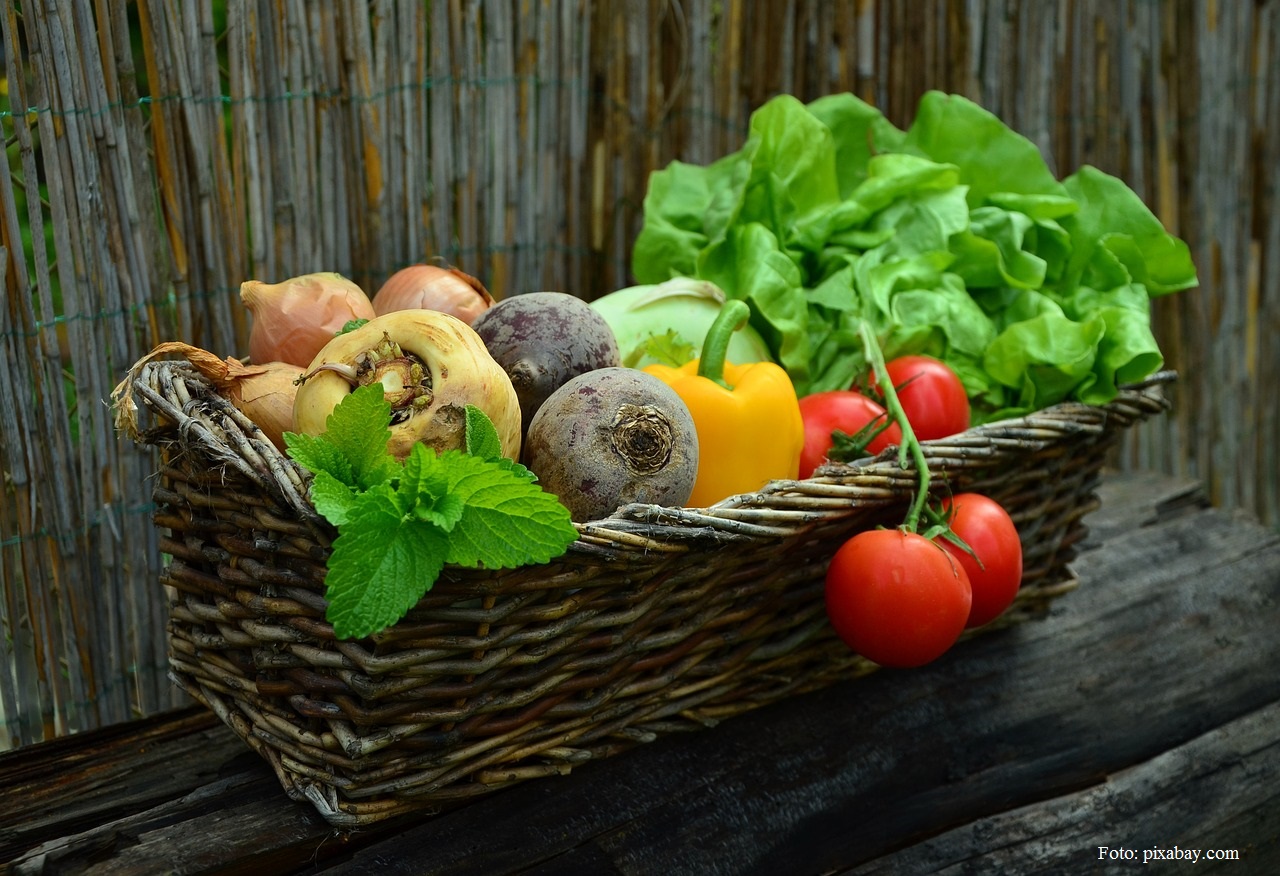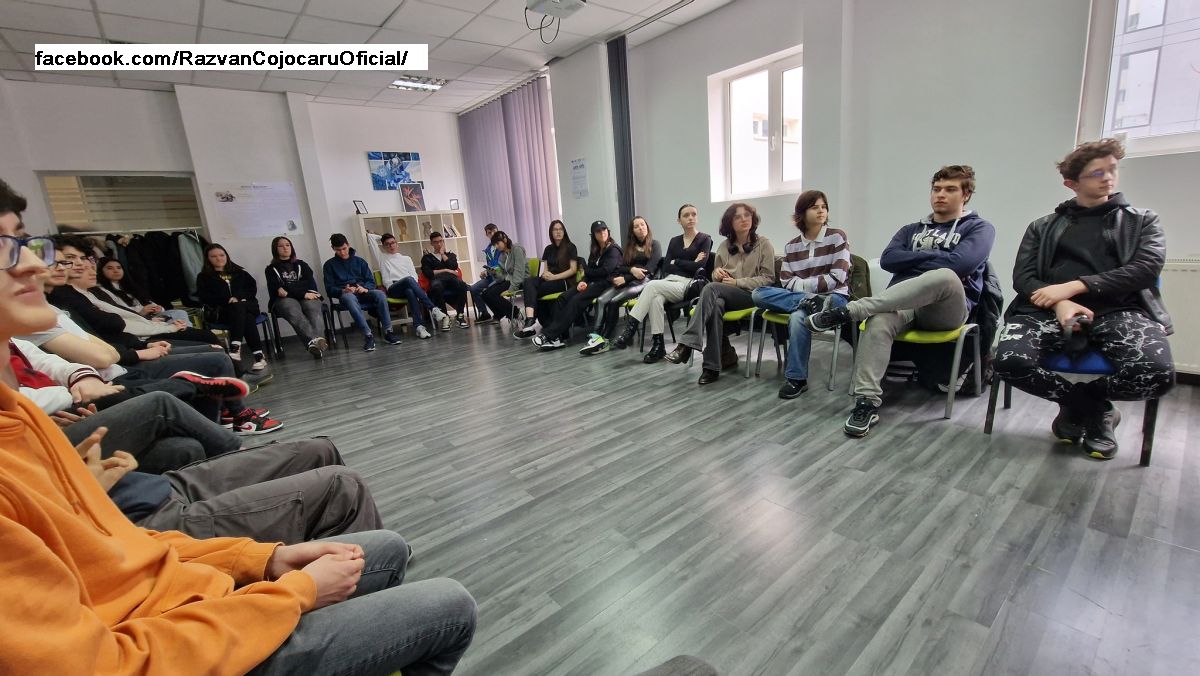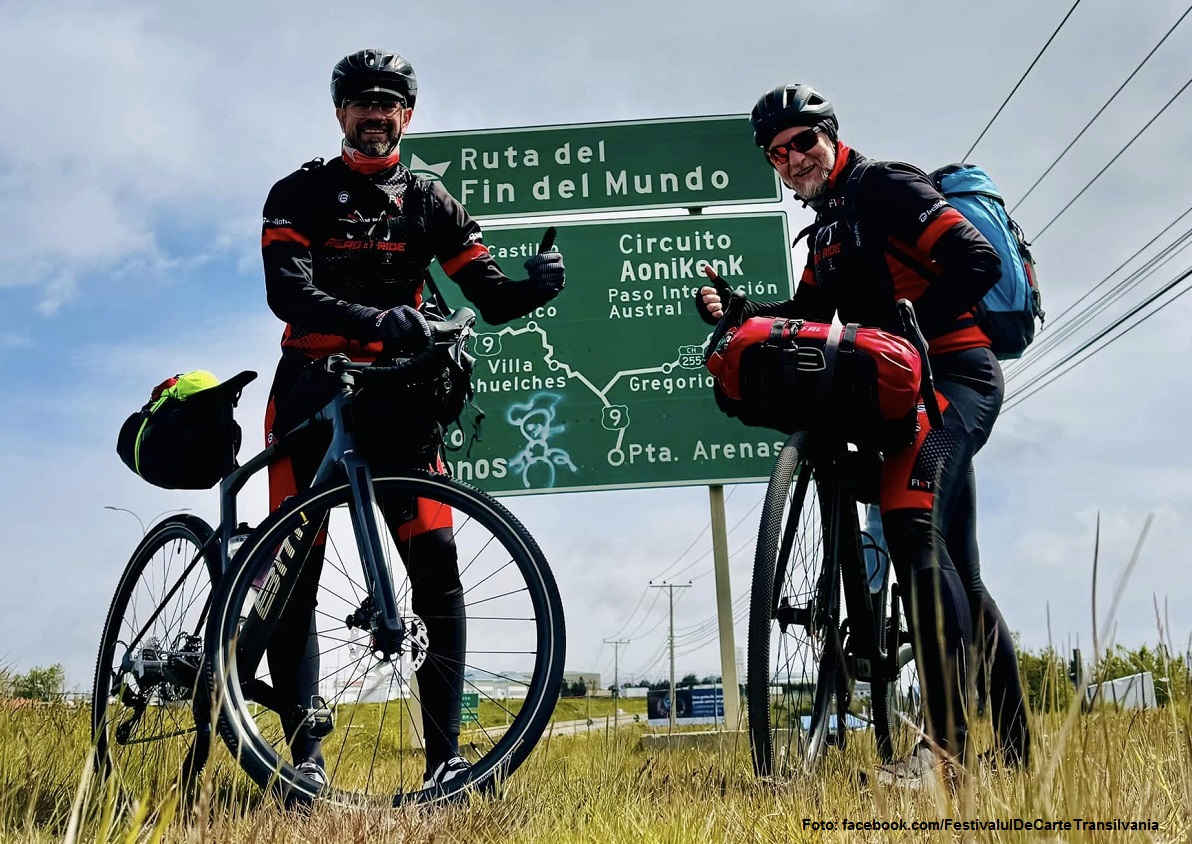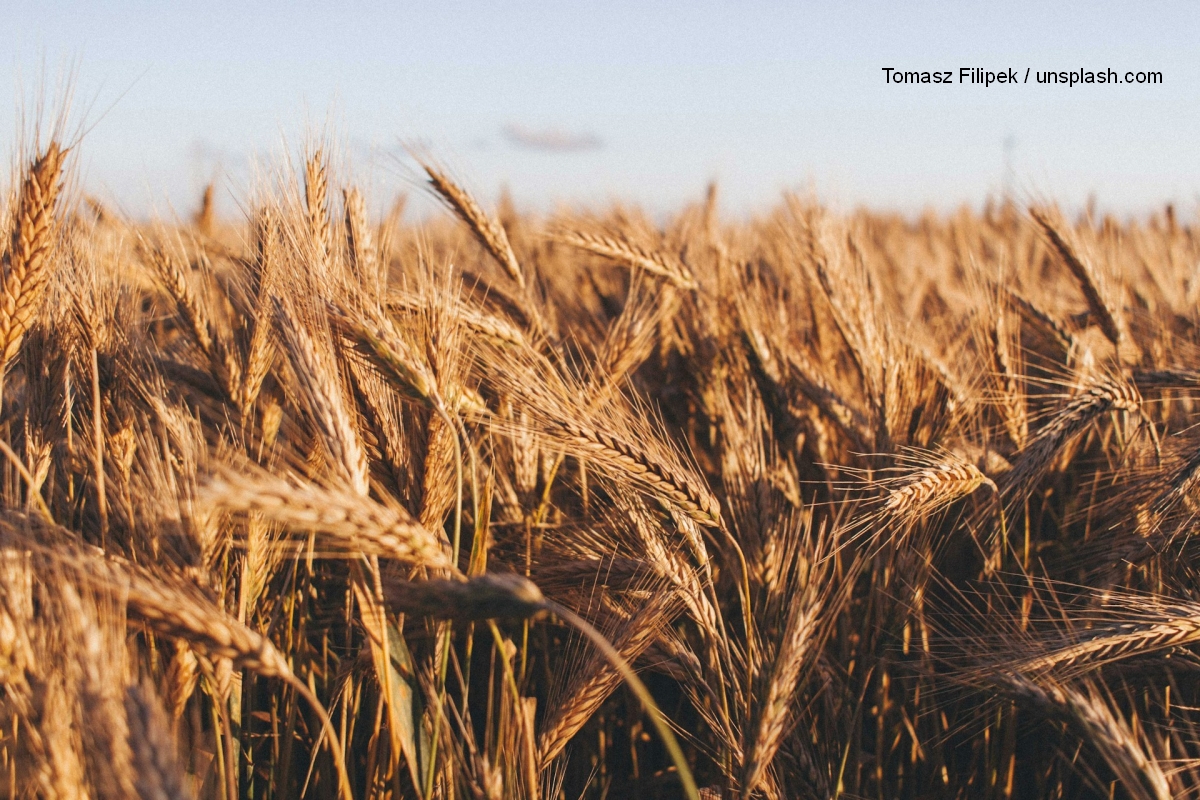The Rhubarb Festival
The Rhubarb Festival was held in the Transylvanian Highlands at the beginning of May.
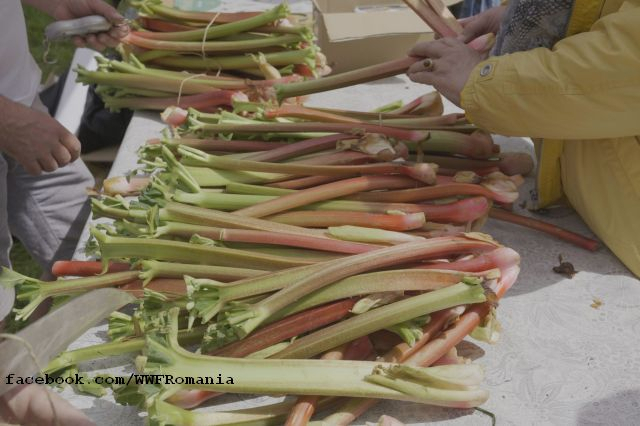
Ana-Maria Cononovici, 16.05.2022, 14:00
The Transylvanian Highlights is a
tourist destination comprising seven national and Natura 2000 sites
and the second largest protected area in Romania after the Danube
Delta Biosphere Reserve. It neighbours Sibiu, Braşov,
Făgăraş, Rupea, Sighişoara and Mediaş, along the valleys of
Hârtibaciu, Târnava Mare and Olt, covering over 267,000 hectares
and with a population of 90,000 inhabitants in its 44 villages in
three different counties (Sibiu, Mureș and Brașov). The
Transylvanian Highlands are associated with a mediaeval landscape,
with high hills and valleys with terraces and meadows, multicultural
villages and fortified citadels and churches, some of which are
UNESCO world heritage sites. Its centuries-old sessile oak forests
are iconic, and its meadows and grasslands have great natural value
on account of the preservation of traditional methods for grazing and
haymaking. The Transylvanian Highlands are an active destination,
with a network of 500 km of hiking and cycling tracks, taking
visitors to over 60 towns and villages. Visits to artisans’
workshops and local producers, including of food, can also be
organised.
The Rhubarb Festival was held in these parts at the beginning of May.
Bianca Ştefănuţ, senior communications expert from WWF Romania,
told us more:
The Rhubarb Festival, which was held in Saschiz, is in fact an
example of good practice organised by the local community. It brings
together people and is an opportunity to promote cultural, natural
and gastronomic values. The rhubarb has a whole tradition in these
parts, it’s a plant that grows well and which is well taken care of
in the Transylvanian Highlands and used in many ways, from soups to
various drinks and some delicious pies.
How can people and the local
authorities respond together to the needs of the community? How can
they preserve traditional and natural values, while also making a
financial profit? These are all valid questions to which these
communities are trying to find an answer. Bianca Ştefănuţ
again:
WWF Romania together with our local partners in the Transylvanian
Highlands, a total of 11 organisations, are trying to educate, inform
and bring together residents and communities from the Transylvanian
Highlands so as to live harmoniously with nature and at the same time
have a say in the decision making process at the local level. So we
are trying, through a project called PACT2020, which is carried out
by WWF Romania in partnership with the Mioritics Association and the
Mihai Eminescu Trust and with financial support from Active
Citizens Fund Romania funded by Iceland, Liechtenstein and Norway
through the SEE 2014-2021 grants to learn from the local communities
about how they get organised, what their main needs are and to guide
them through a process of education to become more active and more
sustainable.
Bianca Ştefănuţ tells us how the
Saschiz community has grown in recent years:
Saschiz is a great example of
civic action. I’m thinking of the Women’s Neighbourhood in
Saschiz, an association established in 2015 which has contributed
greatly to the prosperity of the community, not just of the local
women and families, who were the main target, but the entire
community. This Rhubarb Festival forms part of this, it’s a model
for other communities in Romania and elsewhere.
Before tucking in to the rhubarb
pies, the visitors to the Rhubarb Festival in Saschiz discussed about
an information and awareness raising project to be attended by 150
persons from 10 communities in the counties of Brașov, Sibiu
and Mureș. Bianca Ştefănuţ
tells us how we can find out more about the development of the
project:
WWF Romania will provide updates
on how the project unfolds, both on its social media and on the
project’s website, at colinele-transilvaniei.ro/pact 2020, where
you can find information that can help you and your communities.
You’ll find collections of good practice, useful information about
how to speak to the local and regional authorities and how to better
deal with the challenges that may appear in the community.
Such projects aim to develop in the
long term the sustainability and ability of the civil society sector,
intensifying its role in promoting active citizenship and human
rights and consolidating at the same time the bilateral relations
with the donor countries Iceland, Liechtenstein and Norway. The
general objective is to reduce economic and social disparities
between those living in these areas and to consolidate bilateral
relations between the areas benefiting from the grants and the donor
states.

